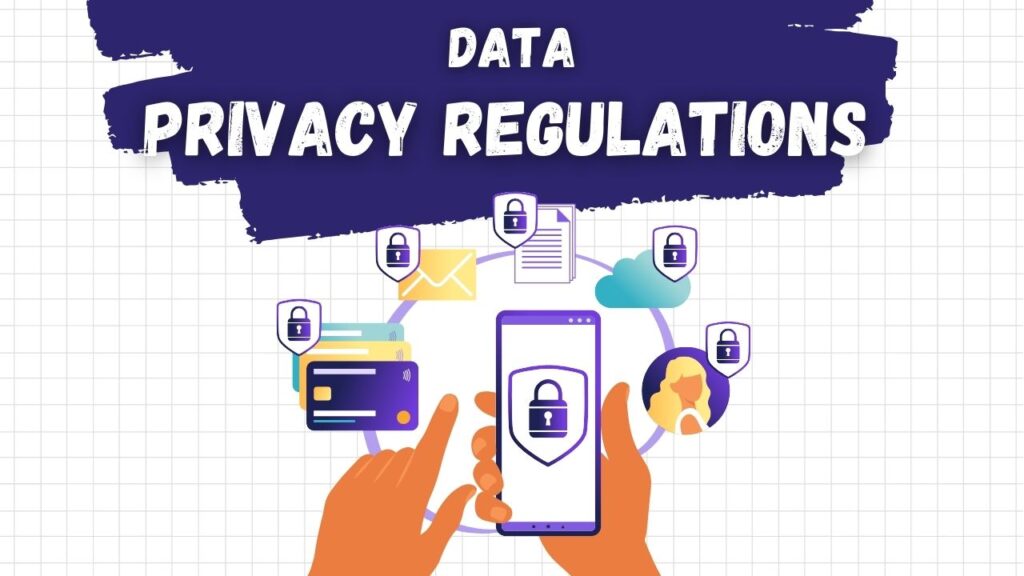Physical Address
304 North Cardinal St.
Dorchester Center, MA 02124
Physical Address
304 North Cardinal St.
Dorchester Center, MA 02124

Hello there, fellow marketers and business owners. So bold and curious of you to Google the term “How accurate is Google Analytics”, isn’t it? But rest assured, you’re well within your right as a fellow netizen to Google anything — even if it’s something that questions Google itself.
Your search query tells us that you’re either planning to migrate to Google Analytics or starting out on your web analytics journey. So, we will be answering your query shortly, but before we do, allow us to set the vibe and momentum with a few good words about this magnificent tool — just so you know that team MicroAnalytics has nothing but love for GA.
Google Analytics (GA) has come a long way since its start in Nov, 2005. It began with acquiring Urchin Software, a well-known web statistics analysis program from the past, and has grown into a massive platform used by millions of websites.
In fact it’s so big, that it now owns over and around 70 percent of web analytics market share. Also, GA has successfully penetrated all aspects of online marketing, like ads, SEO, brand awareness, etc.
Maybe that’s why over 43% of the 10,000 websites with the best ranking use Google Analytics. (source: Magefan). That’s what you can expect to get when you have so many users, features, and a big budget to pump it in – along with a brand name that’s most probably the only one every soul has heard of around the globe.
But, but, but, here is another fact. If David v/s Goliath has taught us anything (ok, maybe not fact, but of course a pretty famous story), is that no matter how big and mighty someone or something is, it can never be infallible.
GA4 is no different. Though it doesn’t have much to do about how it has been built in terms of the code and more about the abundance of features it offers and the consequent complexity that comes with.
So, it’s better that you and teams are not blind to these flaws. This article dives into the world of Google Analytics, exploring its accuracy and the pitfalls users often overlook. By understanding these, you can better navigate the complex waters of web analytics and ensure your data-driven strategies are built on solid ground.

Sampling, for most parts of quality, production, or data analysis, refers to taking a bit out of a whole lot and testing the same to assess the quality of the whole batch. It’s no different with GA. By examining a representative sample, Google Analytics can deliver reports without the need to process all the data, which can be especially useful for high-traffic websites.
For example, if you apply multiple filters to analyze a year’s worth of data, GA might sample your data to deliver results faster.
This is what goes on in the background when GA4 is using data sampling. When your data set is too huge (definition of “too huge” might vary from case to case), then GA4 picks up a data sample that is good enough and large enough to be called the “representative” of your entire data. In other terms: bigger the data, bigger the sample. This method helps the platform to ensure that any inaccuracies are avoided.
All this sounds like a quick and clean way to do things, but things are not always so hunky-dory.
Sampling can still be a trade-off between speed and accuracy, enabling Google Analytics to deliver timely insights while managing large datasets efficiently. Why?
To give you an example, have you ever seen those “butter-testing” quality checks on YouTube? How a guy from quality drives a long and thin scoop inside a large barrel of butter and then tastes from it – and the rest of it back inside? Yikes!
In this scenario, what if the real issue is with the butter lying somewhere around the edges of the barrel? You got the point, right?
So, how can you deal with this shortcoming of GA Sampling? Well, to minimize the impact of sampling shortcomings, you can:
This is often where and why seasoned analysts often ask “How accurate Google Analytics is”. GA relies heavily on JavaScript and cookies to collect data. While effective, this approach has inherent limitations. Data is gathered through tracking scripts embedded in your website’s code, which use cookies to track user sessions.
But what happens when there is web-tech that’s good enough to put a stop to your scripts? Well, that has already been happening with JavaScripts. This used to happen with Flash player capabilities of PCs and browsers, but soon their advent was put to a halt — although for a vastly different reason altogether.
Now, ad or script blockers can cause JavaScript to be blocked or failed to load. Even our own browsers nowadays come loaded with the options to “prevent” JS from loading up. Then there is the option to delete or disable cookies from the systems, leading to gaps in data collection. These two phenomena lead to gaps inside the user data.
So, how do you address this issue? Well, there is no sure-shot way, but you can try things like diversifying your data collection methods by using techniques like server-side tracking to complement client-side tracking. This approach reduces reliance on JavaScript and cookies. Another way is to implement server-side analytics. Server-side analytics helps capture data directly from your web server, ensuring more accurate and complete data collection.
This is less of GA shortcoming and more about how you handle it. But, hey, as we said, such mistakes are bound to happen when you have a platform that’s soooo big, that you can’t afford to put trainees or non-technical guys over it.
Placing tracking tags in the wrong part of your website’s code can result in incomplete data collection, giving you only a partial view of user interactions. This can lead to gaps in understanding user behavior, making it difficult to optimize your site effectively.
For instance, if you’re tracking events inaccurately, you might think a particular feature is performing poorly when it’s actually popular, or vice versa. This can skew your decision-making process, causing you to invest time and resources in the wrong areas.
But, wait, there is more! Faulty tracking can also cause critical conversion events to go unrecorded, leading to an incomplete performance analysis. This makes it challenging to understand the true ROI of your marketing efforts or to identify areas for improvement.
Ensuring your tracking setup is accurate is crucial for reliable analytics. Double-checking your tags and event configurations can save you from the pitfalls of misleading data and help you gain genuine insights that drive better decisions.
It’s always better to have someone else to have a second look at the metrics and tags just to ensure that you’re not left slapping your forehead at the end of your marketing campaign because of faulty or incomplete analytics.
See, here is the thing. Your users have money to spare. Some more, some less. And when even a few of these users are tech or gadget geeks, they prefer to use more than one device. These devices can be a combination of laptops-desktops-mobile, tablets-mobiles, laptop-tablets, etc.
This might make it a real headache for you to track their entire online journey accurately. Why? Because this device-switching leads to fragmented data, giving you only bits and pieces of the bigger picture. As this thing snowballs, it becomes tougher to understand what your users are truly up to — jumping from one device to another.
Then there is the case that different devices and browsers handle tracking scripts in their own ways, which affects data consistency. Here is an example: some browsers might block third-party cookies or have varying levels of support for JavaScript, resulting in discrepancies in your data collection. These inconsistencies can further skew your understanding of user behavior, leaving you with misleading insights.
So, what to do now to help your analytics jump right back into the game? One effective strategy is to use User-ID tracking. This approach allows you to identify and track users across all their devices and sessions, providing a more unified view of their behavior — connecting the dots to see the entire journey.
Another useful method is leveraging first-party cookies. Unlike third-party cookies, first-party cookies are less likely to be blocked by browsers, enhancing tracking accuracy. We will be covering these two topics in detail in our next blogs, as they are long and complicated enough to leave out for now.

This is something that we all want for ourselves and loved ones, but hate it when governments and other regulating bodies wish the same for others and we are on the receiving end.
Data privacy regulations can impose strict requirements on data collection and processing. GDPR, CCPA, and similar regulations restrict how data can be collected, stored, and used, impacting your analytics setup.
User privacy-related regulations, like the ones mentioned above, mandate obtaining user consent before collecting data, which can reduce the volume of data collected. Privacy regulations can limit the availability and scope of data collected through Google Analytics.
Compliance with regulations may require anonymizing or excluding certain data, affecting the granularity of insights. So, how can you ensure compliance with diverse and evolving regulations and still analyze user data effectively?
You can achieve this by using privacy-focused web analytics platforms like MicroAnalytics.io, that prioritize privacy and compliance, still offering accurate and secure analytics solutions.
MicroAnalytics.io provides reliable analytics without compromising data security. Some of our top features include lightweight browser scripts, real-time analytics, and robust data protection measures.
No platform can be perfect, no matter how long it has been in the game or how big a brand name it is. GA is no different. But that doesn’t mean you should stop using it altogether. You can always avoid the errors by planning the next step carefully or by letting your analyst buddies take a second look at your setup. Or, you can try exploring alternatives like MicroAnalytics to ensure your data-driven strategies are built on solid ground.
So, whether you stick with Google Analytics or venture into new territories, the key is to stay informed and adaptable. After all, in the ever-changing world of web analytics, knowledge is power.